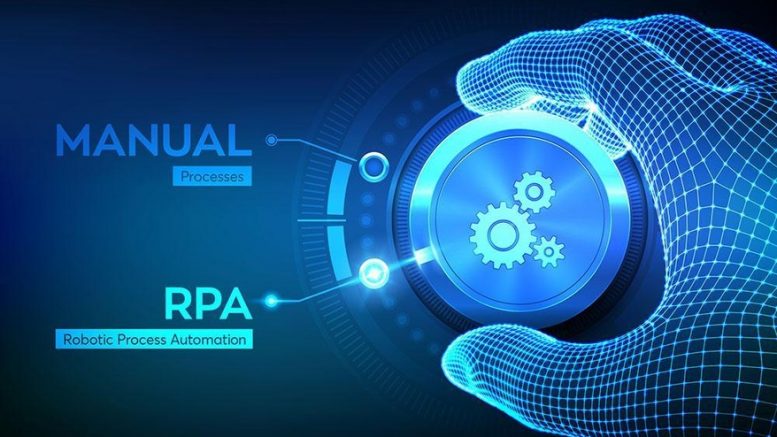Since July 2019, Dartford and Gravesham NHS Trust (D&G) has been working with health IT consultancy Cloud21 on a proof of concept for the use of process automation in clerking clinics using the UiPath end-to-end hyper-automation platform.
The project forms the basis of pilot that has helped the Trust to understand the potential that process automation offers. The organisation is now exploring how the combination of this technology with advanced analytics platforms can benefit their healthcare delivery.
Neil Perry, director of digital transformation (chief information officer) comments: “I’ve worked in systems integration and clinical system development for over 20 years and despite leaps in technology we still experience problems integrating systems, particularly where processes have evolved in the hospital. The need to integrate services across the wider health system is growing in priority. I’ve been watching the progress of process automation over the last few years and wanted to understand if it could help us provide a seamless best of breed solution for our clinicians.”
Perry and his team embarked on an investigation to see whether technology to support the automation of tasks could provide them with the desired benefits, and a proof of concept challenge was designed. They wanted to ensure such technology could work with their widest used and most legacy system as this would be a good indicator that it has the capabilities to be extended across the estate. The test was to replicate a human’s behaviour when processing clinic ‘cash-up’ between two distinct systems and it proved a success.
Perry believes such a technology has a strong role to play in the trust’s clinically led IT strategy, in particular its plans for an electronic patient record solution to ease the administrative burden on clinicians.
Perry continues; “We will start by automating some of the back-office functions within older applications which have limited integration capability. These serve us well and we would not want to switch out, but we do need to address the areas that lack interoperability. The proof of concept demonstrated we can use software robots to determine whether patients are for follow-up or discharged, for example. There are also longstanding integration issues with national infrastructure solutions like the e-RS which has not been designed to support the efficiencies needed within the acute setting. In this case we receive documentation daily that needs to be manually organised for clinics and we are looking to process automation with advanced analytics to do this for us. I see this as intelligent automation, which I think is key to the future of healthcare delivery.”
A large part of D&G’s Clinical ICT strategy is to give clinicians more time to do what they are trained to do – the truly human things that no robot can do: treating the patients with their clinical knowledge and empathy. Perry is keen to use ‘intelligent automation’ to reduce the amount of time clinicians spend on repetitive tasks such as routine orders for diagnostics upon outpatient referral or admission.
Beyond this, there is even greater potential for this technology at D&G, in particular two-way communications with patients and even proactive healthcare using chatbots.
Perry says; “Cloud21’s experience in this area is helping us to understand how we might enable patients to manage their health proactively with the support of chatbots and natural language understanding platforms. Initially, we could see chatbots that can simulate conversation with users, either in voice or text, for scheduling appointments for example. However, we can go beyond this.
We want to investigate the use of several technologies alongside personal health records, with integration to patients’ consumer health systems like MyFitnessPal, Fitbits and Apple watches. This opens enormous opportunities to assist patients to self-manage long term conditions or short-term illnesses and help coordinate the various interactions with the health and care system.”
Neil Taber, chief development officer, Cloud21 says; “Automation technologies and advanced analytics are long hidden yet mature technologies. Being able to test and demonstrate the possibilities that these provide our health service is an important step towards achieving the NHS 10 year plan, which requires the need for improved interoperability. We’re here to provide the advice and guidance needed for NHS trusts to utilise these technologies in their future strategies.”
Perry concluded; “Cloud21 has extensive expertise delivering integration solutions and we want to use that to avoid hidden costs which can appear during such projects and also so that we can ensure UiPath’s technology works for us as we need it to.”





